Red light therapy has taken the wellness and skincare world by storm, offering a non-invasive, at-home solution for a variety of skin concerns. Whether you're dealing with acne, wrinkles, or uneven skin tone, this innovative treatment uses specific wavelengths of light to rejuvenate the skin and promote healing. But which skin types can truly benefit from red light therapy? In this comprehensive guide, we’ll explore how red light therapy works, its benefits for different skin types, and how to find the best red light therapy for home use. Let’s dive into the glowing world of light-based skincare.
What Is Red Light Therapy?
Red light therapy, often referred to as “red light” therapy or photobiomodulation therapy, is a treatment that uses low levels of red and near-infrared light to stimulate cellular activity. Unlike laser therapy or blue light treatments, which can be harsher on the skin, red light therapy uses gentle light wavelengths—typically in the range of 630nm to 850nm—to penetrate the skin’s surface. The most common wavelength you’ll encounter is 660nm red light, a deep red hue that’s visible to the eye and highly effective for skin health.
This therapy isn’t about heat or burning; it’s about delivering light energy to your cells. The light penetrates the skin at varying depths, depending on the wavelength, boosting energy production in mitochondria—the powerhouse of your cells. Whether delivered via a red light therapy device, a therapy panel, or a handheld device, this treatment is thought to enhance collagen production, reduce inflammation, and improve circulation. But how does this translate to benefits for different skin types?
How Red Light Therapy Works for Skin
To understand who can benefit from red light therapy, it’s worth exploring how it functions. Red light therapy devices emit specific wavelengths of light—often a combination of red and near-infrared light—that target different layers of the skin. The 660nm red light focuses on the outer layers, making it ideal for surface-level concerns like fine lines or pigmentation. Meanwhile, near-infrared light, which operates at longer wavelengths (around 850nm), reaches deeper tissues, addressing issues like inflammation or muscle recovery.
The intensity of the light and the duration of exposure play a role in its effectiveness. For example, a light therapy panel designed for full-body use might deliver a broader spectrum of light, while a smaller red light therapy device, like an LED face mask, targets the face and body more precisely. Regardless of the device, the goal is the same: to use red light therapy to trigger biological processes that rejuvenate the skin.
Skin Types and Red Light Therapy
The beauty of red light therapy lies in its versatility. Unlike some treatments that cater to specific skin conditions, this therapy is used across a wide range of skin types—oily, dry, sensitive, combination, and even mature skin. Let’s break down how each type can benefit from red light therapy and why it’s considered one of the best red light therapy options for home use.
1. Oily and Acne-Prone Skin
Oily skin often comes with clogged pores, excess sebum, and acne flare-ups. While blue light is known to reduce bacteria that cause acne, red light therapy complements this by calming inflammation and speeding up healing. The infrared light therapy device can penetrate deep enough to soothe irritated skin, reducing redness and swelling around pimples. Many red light therapy products combine red and blue light modes to tackle both inflammation and bacteria, making it a favorite red light therapy choice for those with oily complexions.
For best results, using a portable red light therapy device consistently can help regulate oil production over time. The light treatment works by stimulating cellular repair, meaning fewer scars and a smoother complexion in the long run.
2. Dry Skin
If your skin feels tight, flaky, or dehydrated, red light therapy might be your new best friend. The therapy uses light emitting diodes (LEDs) to boost collagen and elastin production—two proteins that keep skin plump and hydrated. Dry skin often lacks the moisture barrier needed to lock in hydration, but regular use of a red light device can improve skin texture and resilience.
A full-body therapy panel or light therapy mask can treat the entire body or focus on areas like the face, delivering red and near-infrared light to restore moisture balance. The light spectrum used in these devices ensures that dry patches become less pronounced, giving you that coveted dewy glow.
3. Sensitive Skin
Sensitive skin types, prone to redness, irritation, or reactions, often struggle to find treatments that don’t exacerbate their issues. Red light therapy stands out because it’s gentle and non-invasive. Unlike laser light or harsh chemical peels, red light exposure doesn’t damage the skin barrier. Instead, it uses red light to target inflammation at its source, calming flare-ups and strengthening the skin over time.
An at-home device like an LED mask or a red-light therapy panel can be a game-changer for sensitive skin. The low levels of red light are soothing, and the therapy treatment avoids triggering adverse reactions, making it safe for daily use.
4. Combination Skin
Combination skin—oily in some areas, dry in others—requires a balanced approach. Red light therapy offers just that. A red light therapy device can address multiple concerns simultaneously: reducing oiliness in the T-zone while hydrating dry cheeks. The specific wavelengths of light used in these devices ensure that every area of the body gets the attention it needs.
For those interested in red light therapy for combination skin, a therapy panel or light therapy mask can provide consistent coverage. The visible light from the red light is gentle enough to unify your skin tone without overstimulating any one area.
5. Mature Skin
Aging skin, marked by wrinkles, sagging, and loss of elasticity, is perhaps the most celebrated beneficiary of red light therapy. The benefits of red light therapy for mature skin are well-documented: it boosts collagen production, smooths fine lines, and improves firmness. The 660nm red light and near-infrared wavelengths work together to penetrate deep into the dermis, encouraging cellular turnover and repair.
A red-light device designed for home use, such as a therapy panel or LED light therapy mask, can treat the entire body or focus on the face. Over time, users notice a reduction in crow’s feet, forehead lines, and even age spots—a testament to why many consider it the best red light therapy for anti-aging.
Choosing the Best Red Light Therapy for Home
With so many red light therapy devices on the market, how do you find the best red light therapy for home? It starts with understanding your skin type and goals. Here are some factors to consider when selecting an at-home device:
- Wavelength Range. Look for devices offering 660nm red light and near-infrared light (around 850nm). These wavelengths of red light are proven to deliver effective light penetration for skin health.
- Size and Coverage. A therapy panel is ideal for full-body treatment, while a light therapy mask or handheld device suits targeted areas like the face and body.
- Ease of Use. Portable red light therapy devices or smaller red light therapy options are perfect for busy schedules and home use.
- FDA-Cleared Devices. For safety and efficacy, opt for devices that meet regulatory standards.
The 8 best devices we tested vary in design—from LED face masks to red-light therapy panels—but all prioritize delivering consistent light exposure. Whether you’re after a body device or a compact red light device, the key is finding one that fits your lifestyle and skin needs.
How to Use Your Red Light Therapy Device at Home
Using a red light therapy device at home is straightforward. Most devices come with instructions tailored to their light modes and intensity. For example, a session might last 10-20 minutes, depending on the device and the areas of the body you’re treating. Consistency is key—use your red light therapy 3-5 times a week for noticeable results.
Position the light source a few inches from your skin, ensuring the light can cause beneficial effects without discomfort. Devices for home use often feature a combination of red and near-infrared light, so you’re getting the full spectrum of benefits in one go.
Beyond Skin: Additional Benefits of Red Light Therapy
While this article focuses on skin types, red light therapy uses extend beyond the face. Infrared and near-infrared light can aid muscle recovery, reduce joint pain, and even improve hair growth. A full-body light therapy panel can treat the entire body, making it a versatile addition to your wellness routine.
Final Thoughts: Is Red Light Therapy Right for You?
Red light therapy isn’t a one-size-fits-all solution, but its adaptability makes it a standout choice for many. Whether you have oily, dry, sensitive, combination, or mature skin, the benefits of red light therapy are within reach. From reducing acne scars to smoothing wrinkles, this therapy treatment harnesses light to target your unique concerns.
For those seeking the best red light therapy for home, the options are endless—therapy panels, LED masks, and portable devices all offer a way to glow from within. So, if you’re interested in red light therapy, start exploring the devices to ensure you find the perfect fit. With the right red light therapy at home, radiant skin is just a wavelength away.
The new device is already available in our online store. An electric mask for removing wrinkles from the face is your reliable assistant in the fight for youth and beauty of the skin. Turn self-care into a pleasure and enjoy visible results after the first procedures!

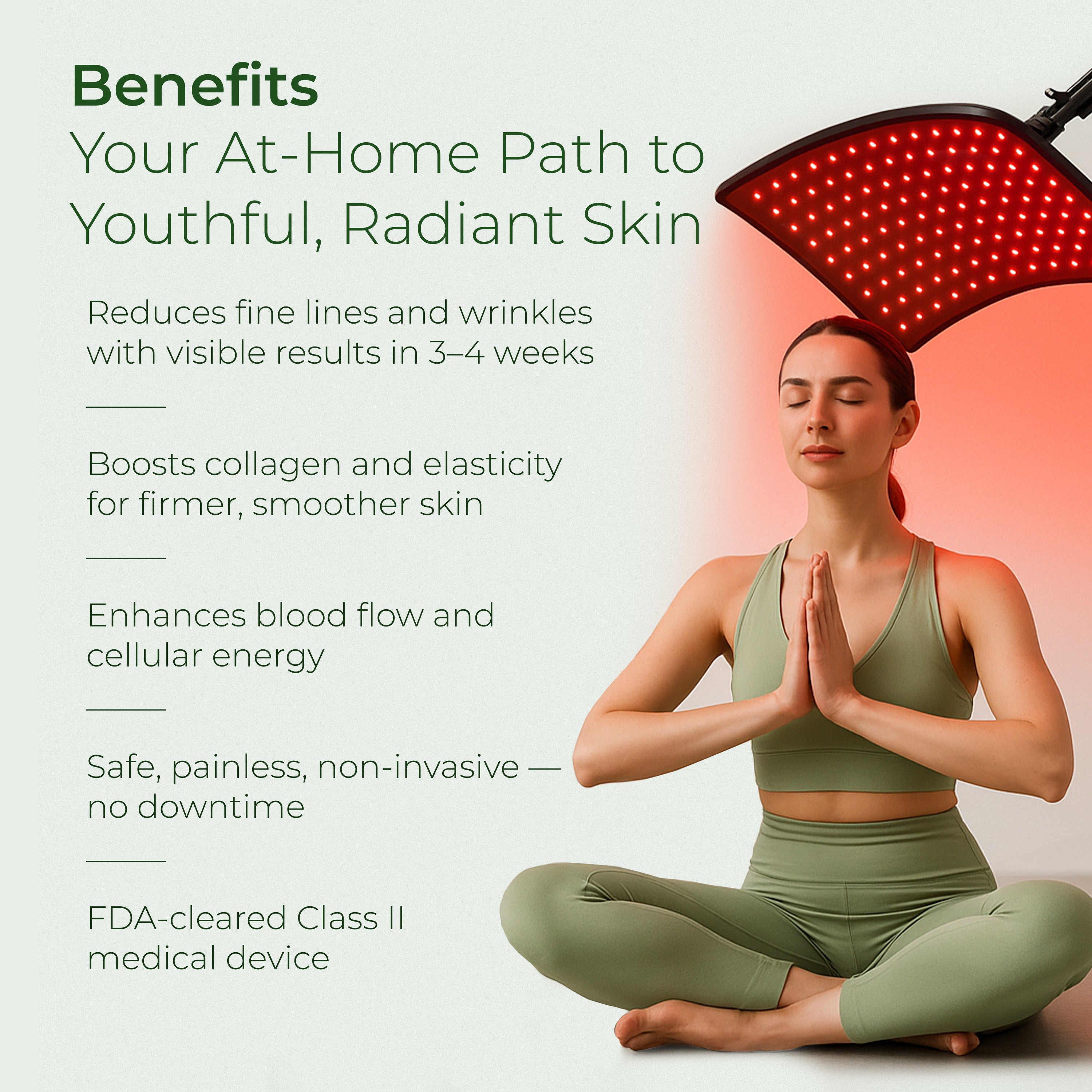
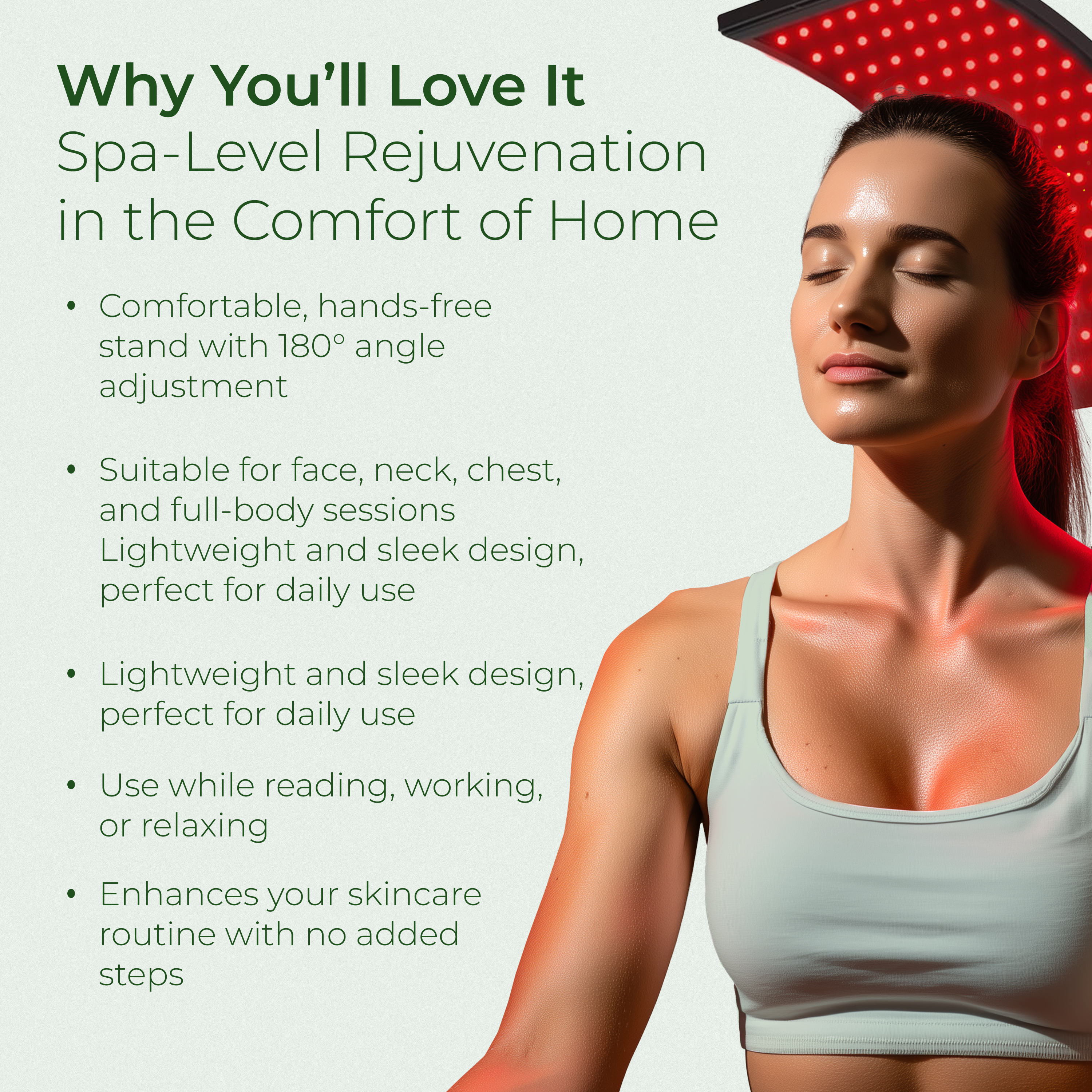

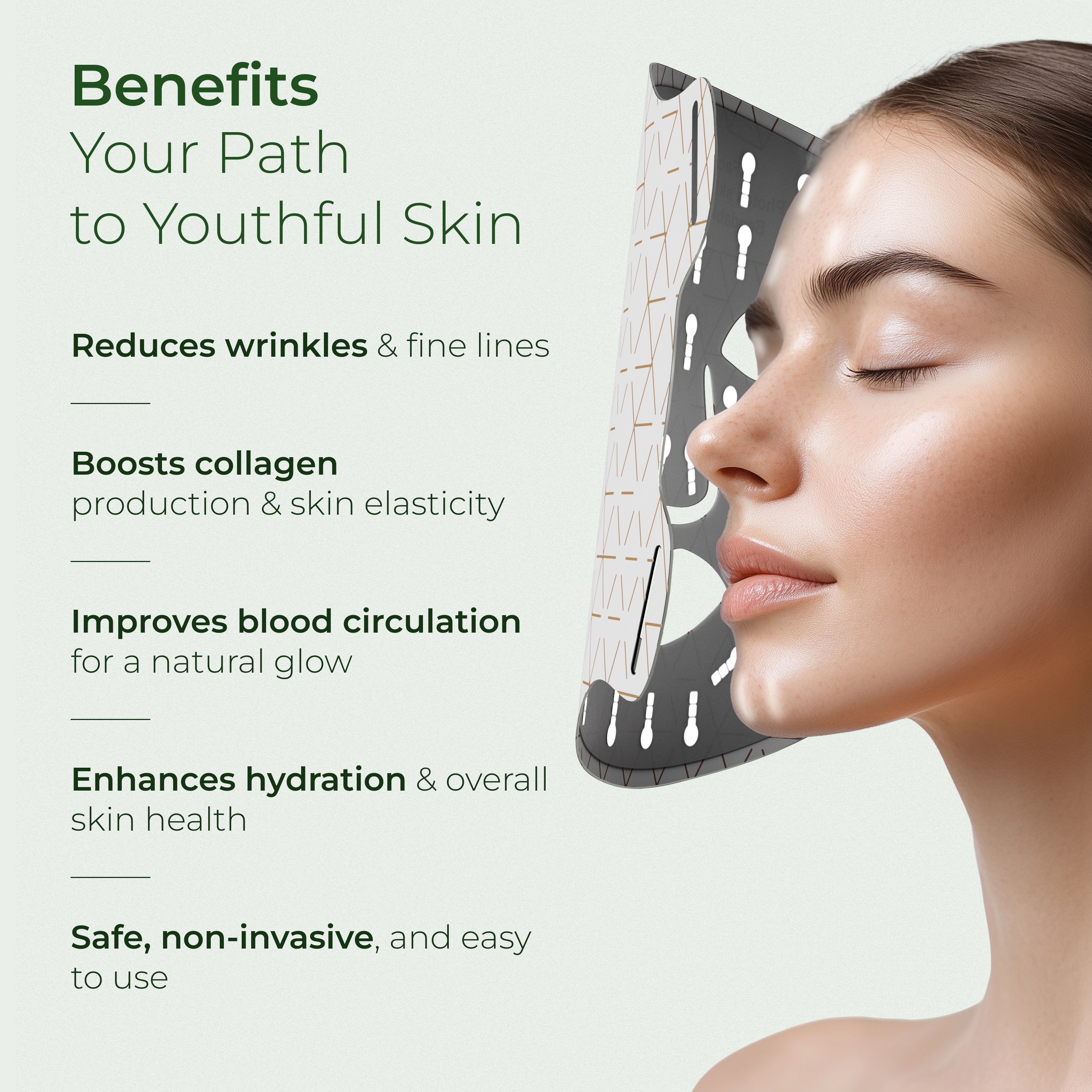


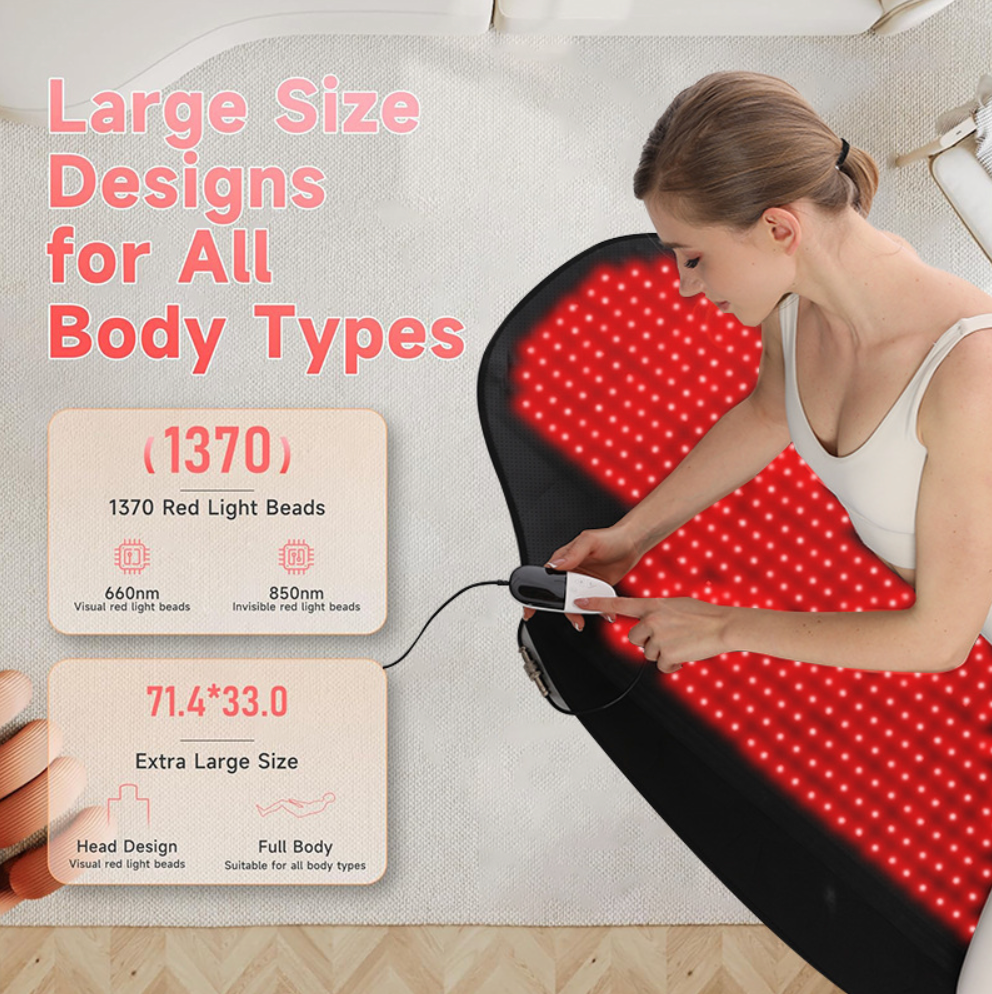
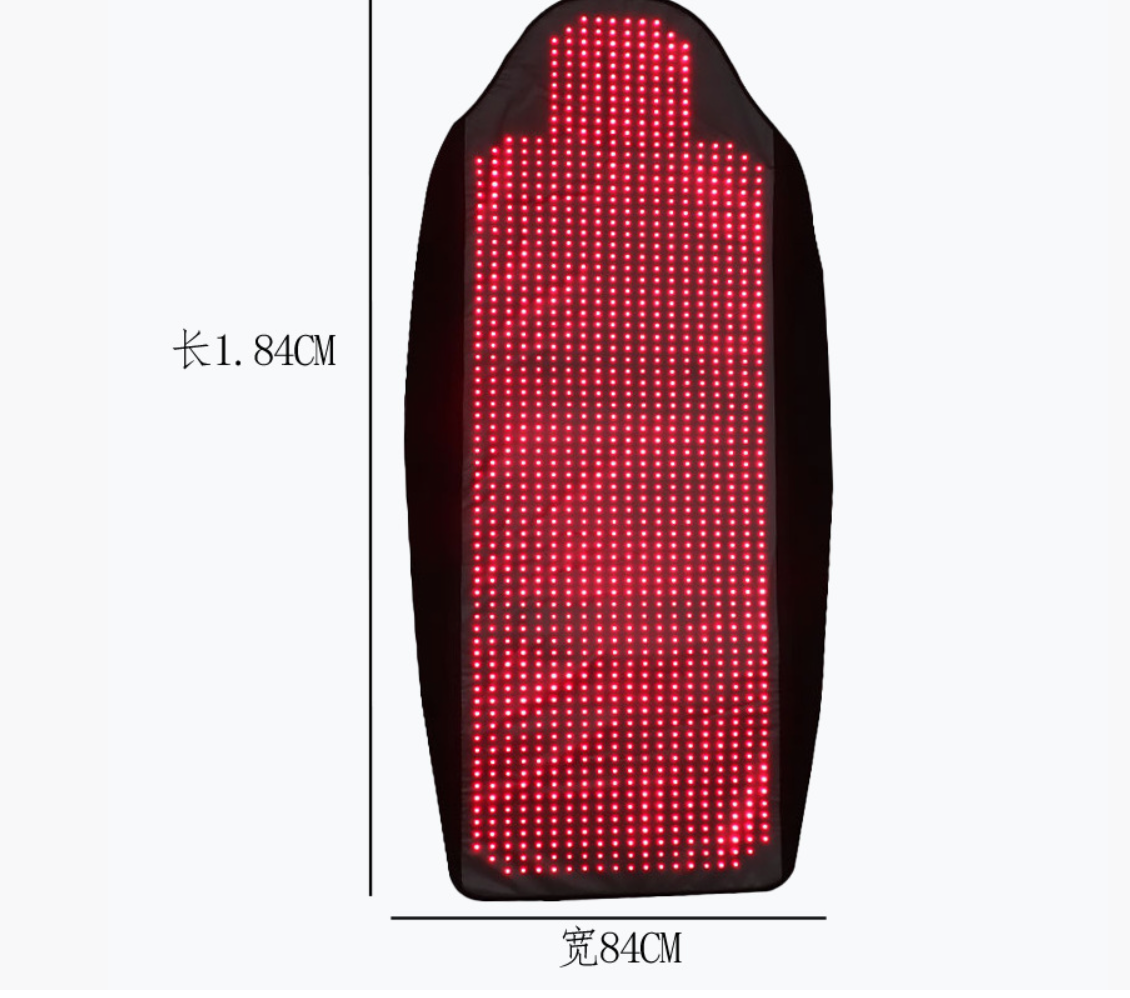
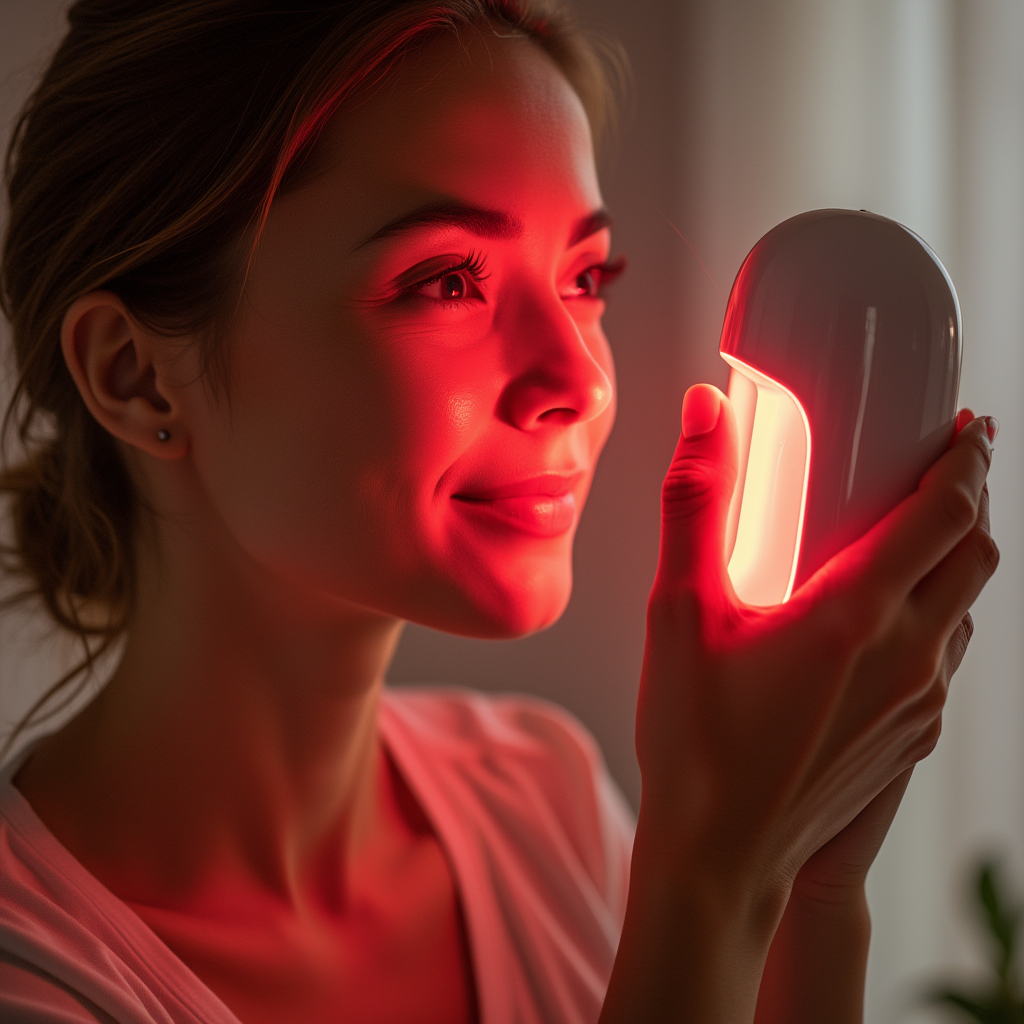
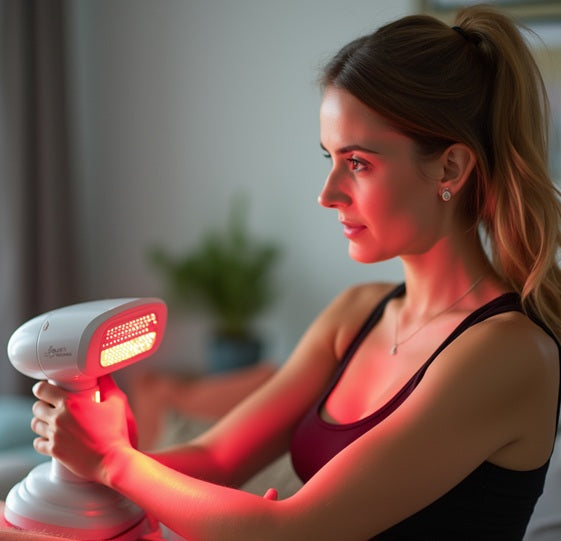

Deixe um comentário
Este site está protegido pela Política de privacidade da hCaptcha e da hCaptcha e aplicam-se os Termos de serviço das mesmas.